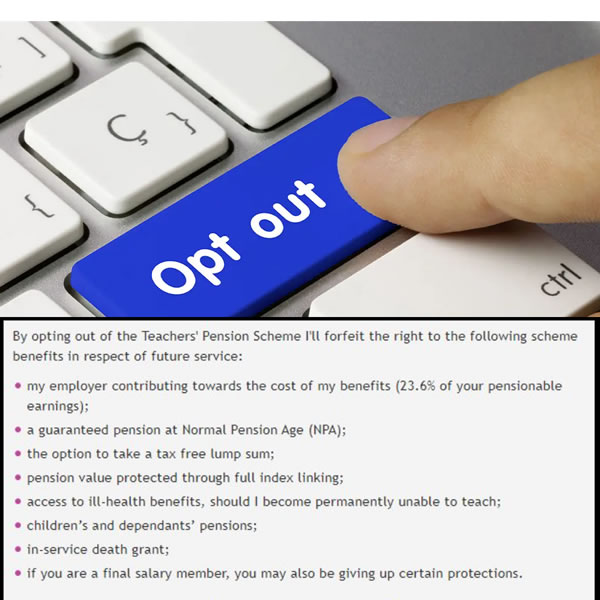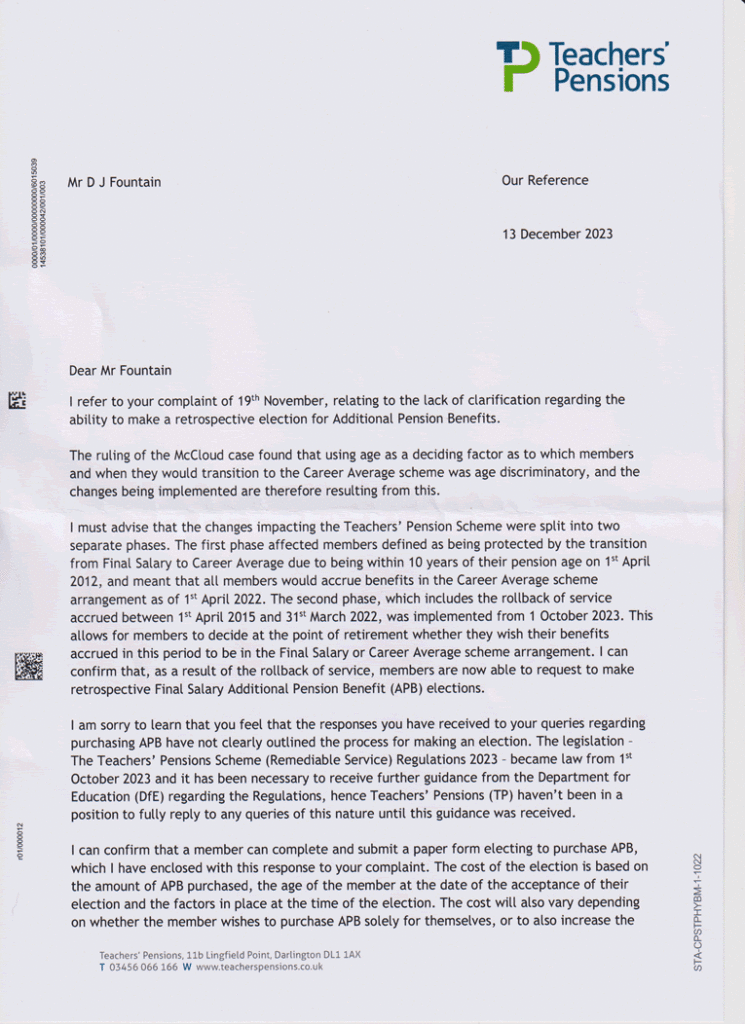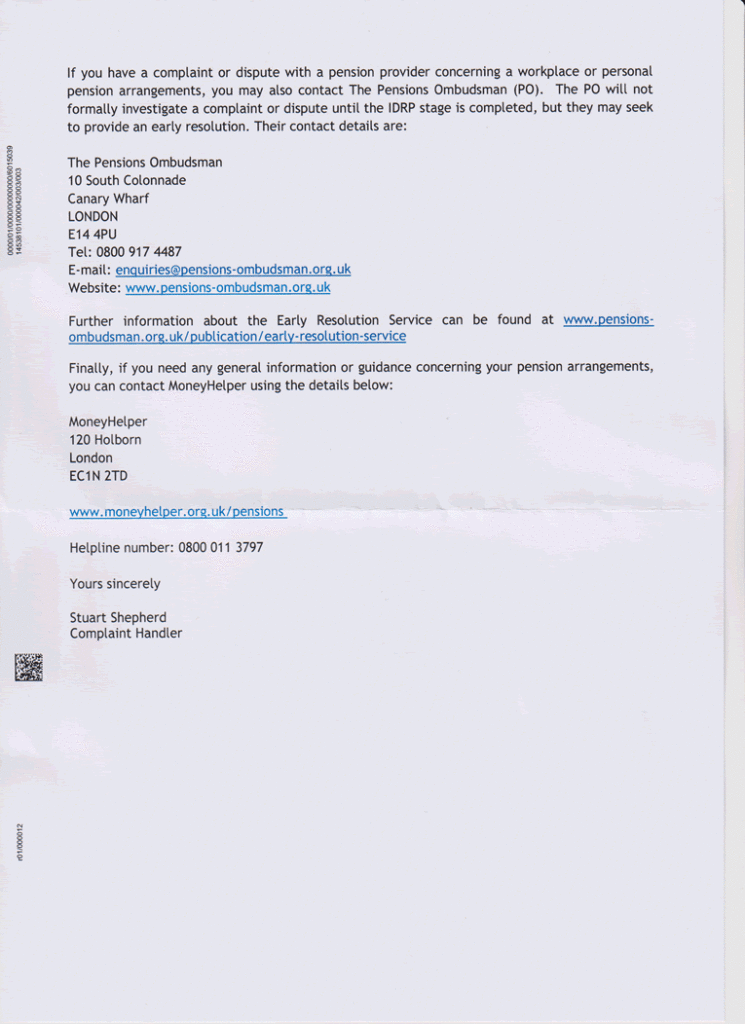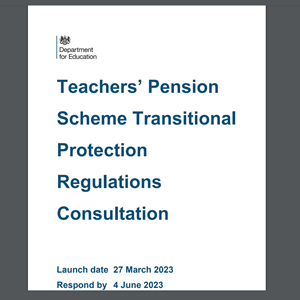
This is a common topic I get asked about, normally from the angle of someone who is looking to get a bit more money NOW…understandably of course. This is a post I made on the Facebook group in response to one such question.
I do always feel a bit like Marie Antoinette telling others to “Let them eat cake” when I talk about this aspect of the scheme – and note a trigger warning, I will be talking about death and distressing circumstances shortly.
VALUE FOR MONEY
The pension is better value for money whilst on maternity leave.
You pay the same % of your wage throughout, but as maternity pay drops this means you pay less. (I will assume 10% = £400)
For this however, the amount your pension gets credited with (1/57th) remains the same all the time you are on at least statutory maternity pay. (£70)
In £ terms.
- Weeks 1-4: 100% pay. £400 a month from you. Pension increases by £70.
- Weeks 5-6: 90% pay. £360 a month from you. Pension STILL increases by £70.
- Weeks 7-18: 50% pay. £200 a month from you. Pension STILL increases by £70.
- Weeks 19-39: SMP. £61 a month from you. Pension STILL increases by £70.
(With tax you would only get 80% of the amounts you pay into the pension).
DEATH
My apologies but I am going to be blunt.
Take a worst case scenario. You die and your child (or children if twins etc) survive.
Having opted out they would miss out on:
1) the much greater death-in-service grant
(Three times what would be your full time salary instead of, roughly, three times your pension), and
2) the enhanced survivor’s pension for the next 18-23 years of their life (lives).
(The enhancement adds half of what you would have added to your pension between now and your state pension age).
Your partner would also miss out on getting an enhanced survivor’s pension as well.
LET THEM EAT CAKE
Whilst I would urge you not to leave the pension scheme I appreciate that I do so from a position of privilege, if you are in a position where this makes the difference you decide is critical then it is one you can make, I hope that what I have said though allows you to do it with a greater understanding of what the cost to your pension might be.














